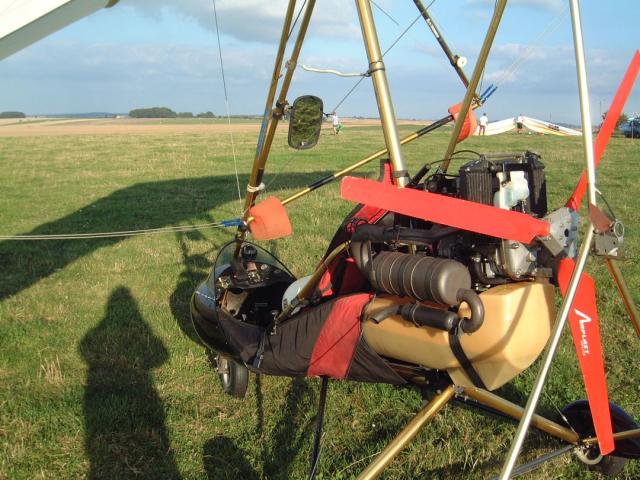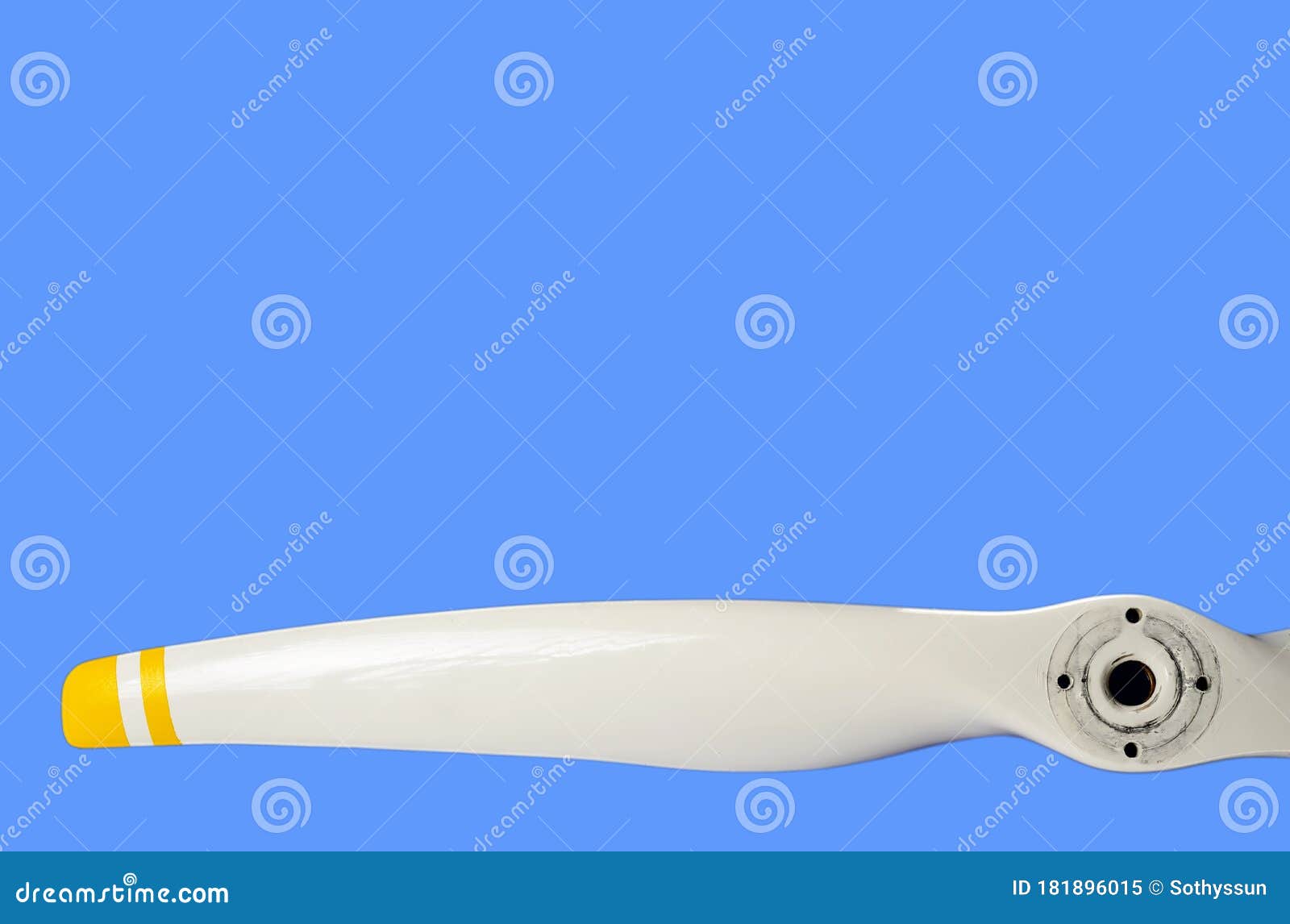
We were very impressed when we flew behind it back then, and we were convinced that it was the best way to go for us. As far as we know, his original 1996 Dragonfly Model A TurboTug was the first Dragonfly to use a Rotax four-stroke engine. Credit must be given to Russell Brown of Quest Air for that development. Tracy: Use of the four-stroke Rotax engine on the Dragonfly was not our idea. Less noise generation was something that we did not expect, but found to be a great benefit of the four-stroke engines. Although their four-stoke engines cost more and weigh more, we felt that having more power and reliability would be safer, especially for tandem instruction tows, and that the greater up-front cost would actually be an investment that would be offset in the long term by faster tow turnaround times, greater fuel economy, and fewer rebuilds over time.

However, the Rotax two-stroke engines do not provide the higher power output, fuel economy, long-term reliability, and time-between-overhaul (TBO) qualities that are inherent in the Rotax four-stoke engines. The stock Dragonfly configuration typically uses a 65-horsepower Rotax 582 two-stroke engine, which provides good performance at minimal cost and weight. Lisa: First, credit must be given to Bobby Bailey and Bill Moyes of LiteFlite in Australia for the design and manufacture of the Dragonfly. Question of the Month: When I came to fly with your club at Cloud 9 Field, I was very impressed with the climb performance of your tugs and how quiet they are. Rework the design, go back to the drawing board and work out the kinks, visit your local hang gliding club and school and get some instruction and a close up look at real gliders.Google is crawling with information on aerodynamics and aero structures - I can provide some very respected books that can give you a foundational understanding - research and work this out and then share your project as something that can be built and safely flown.In this month's column, we will discuss some configuration and modification aspects of our Dragonfly tugs, in response to a question that we received from a visiting pilot at our field. You may not have intentions of flying at altitude but someone may follow your design and launch off a mountain or building and die.a simple disclaimer cannot absolve that and trust me you don't want that on your conscience. Your system of weight shift is insufficient even for just short hops, the Ragallo wing has the ability to climb rapidly and sharply in a gust which is when flight loads become critical and where failures in design and construction will materialize and could very likely cause serious injury or death. Without engineering or aerodynamic understanding, you've based your creation off the simplest aspects of the Ragallo kites but not considered the painful lessons learned through fatalities over time. I applaud your effort but this is so flawed as a man-carrying flying machine, everything from your drilling method, fasteners, materials, lack of structural integrity and bracing, right down to the design, is flawed and unsafe. (put the plastic under the keel so you do not have to tape it as much) Then either sew on if you are using fabric, or tape on if you are using plastic. SAIL: Lay the frame on top of the sail, then cut it out 1ft away from the frame to give the glider billows. NOSE: I used a t shaped plate I found at the hardware store, and put one on the top and one on the bottom of the tubes so it was strong. I put my crossbar at 14ft down from the nose on each leading edge and bolted it.

My leading edge lengths were 16ft, and my crossbar was 18ft. (what I should've done to sleeve the pieces is just put a tube on top of the other and bolt it, but I didn't do that) The way I sleeved them worked alright, could've been better.ĭIMENSIONS: The keel on mine was 22ft with sail going to 20ft so I had room to connect wiring. So what I did to connect the tubes is get a 1ft segment of 1 inch steel, put the aluminum in the steel tube and bolt it. SLEEVING: I had a problem in which I had 12ft lengths of aluminum and I needed a 22ft keel, and I have no special tools, just hand tools.


 0 kommentar(er)
0 kommentar(er)
